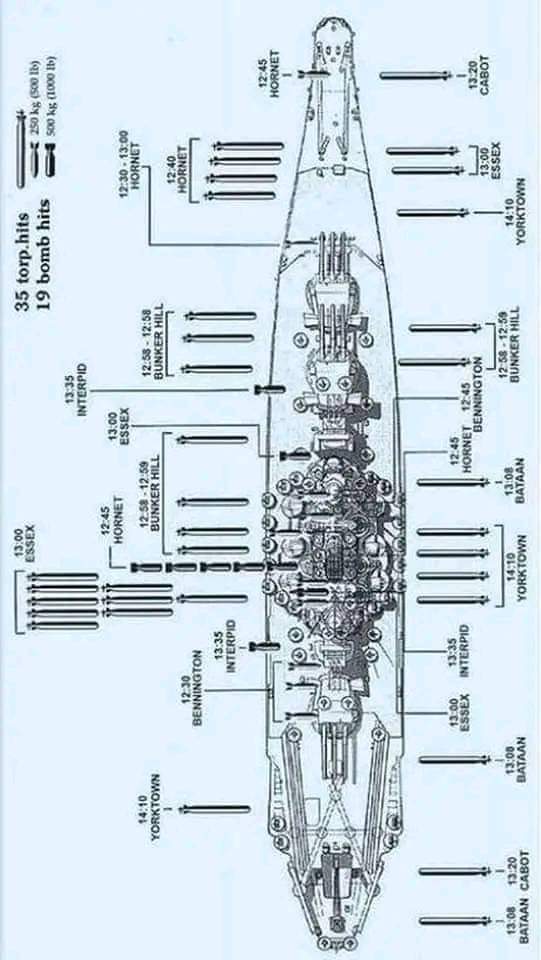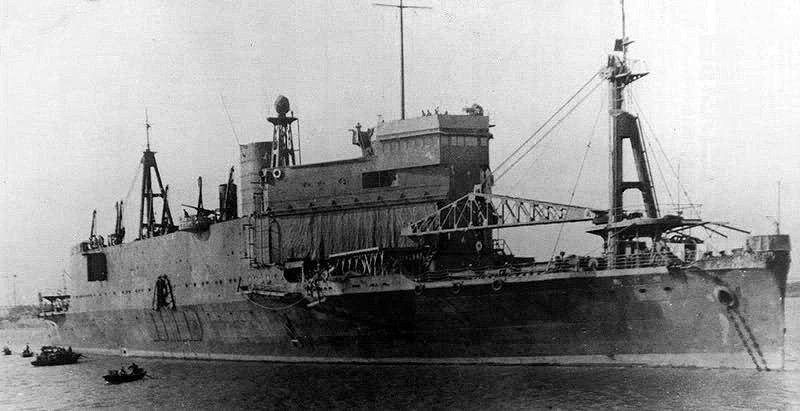
How to get URL link on X (Twitter) App


 The difficulty in manufacturing armor plate increased congruently as the thickness of the armor increased.
The difficulty in manufacturing armor plate increased congruently as the thickness of the armor increased. 

 Super Heavy Shells.
Super Heavy Shells. 

 Much has been written about the great leap in capability that was brought about by faster battleships such as the Queen Elizabeth class. This premium on speed has led the casual reader to discount the US Navy's Standard-Type battleships or even the entire battleline.
Much has been written about the great leap in capability that was brought about by faster battleships such as the Queen Elizabeth class. This premium on speed has led the casual reader to discount the US Navy's Standard-Type battleships or even the entire battleline. 

 However, there was a good reason for the Standards and why they were designed the way they were.
However, there was a good reason for the Standards and why they were designed the way they were. 

 I imagine they would have spent the interwar years split between the Atlantic and Pacific Fleet, generally following the distribution of the battleships. Most of them likely would have been sent to the Pacific along with the Battleline by the late 1930s to contain Japan.
I imagine they would have spent the interwar years split between the Atlantic and Pacific Fleet, generally following the distribution of the battleships. Most of them likely would have been sent to the Pacific along with the Battleline by the late 1930s to contain Japan. 

 There likely would have been no Alaska class cruisers for one.
There likely would have been no Alaska class cruisers for one. 

 Japanese designers went above and beyond in the design of the Yamato class, stretching their capabilities to the limit to produce a very advanced warship.
Japanese designers went above and beyond in the design of the Yamato class, stretching their capabilities to the limit to produce a very advanced warship. 

 There seems to be this weird, persistent belief that the Royal Navy could not sink it and the Germans scuttled it.
There seems to be this weird, persistent belief that the Royal Navy could not sink it and the Germans scuttled it. 

 The problem I have with this picture, and the loss of the Yamato class for that matter, is that people don't understand the progression of damage.
The problem I have with this picture, and the loss of the Yamato class for that matter, is that people don't understand the progression of damage. 

https://twitter.com/oddhanfoo/status/1718077853244522824
 In turns of protection, tumblehome was also effective in countering gunfire at close ranges (approaching horizontally). So much so that the US Navy designed a battleship that returned to a tumblehome hull reminiscent of a civil war ironclad.
In turns of protection, tumblehome was also effective in countering gunfire at close ranges (approaching horizontally). So much so that the US Navy designed a battleship that returned to a tumblehome hull reminiscent of a civil war ironclad. 

 The Brooklyn class cruiser introduced the long flushdeck style hull (increasing structural strength and stiffness) that would be used on future heavy and light cruisers.
The Brooklyn class cruiser introduced the long flushdeck style hull (increasing structural strength and stiffness) that would be used on future heavy and light cruisers.



 Most major powers (such as Britain and Germany) were locked in the dreadnought race. In an effort to outproduce the competition, the implementation of new features was somewhat hamstrung by the rush to get ships into serve as quickly as possible.
Most major powers (such as Britain and Germany) were locked in the dreadnought race. In an effort to outproduce the competition, the implementation of new features was somewhat hamstrung by the rush to get ships into serve as quickly as possible. 

 The US Navy saw that the combination of firepower, armor, and speed would set the groundwork for new "Fast Battleships" (Or "Battleship-cruisers" as they were known in the US at the time). This would provide greater flexibility over the current generation of 21 knot battleships.
The US Navy saw that the combination of firepower, armor, and speed would set the groundwork for new "Fast Battleships" (Or "Battleship-cruisers" as they were known in the US at the time). This would provide greater flexibility over the current generation of 21 knot battleships. 

 At the start of their careers, the Nagato class were 215m (708') long with a beam of 29m (95'3"). At a draught of 9m (29'), this gave them a displacement of 32,200 tons (38,498 tons at full load).
At the start of their careers, the Nagato class were 215m (708') long with a beam of 29m (95'3"). At a draught of 9m (29'), this gave them a displacement of 32,200 tons (38,498 tons at full load). 


 As battleships evolved, they increasingly made use of larger, more powerful guns.
As battleships evolved, they increasingly made use of larger, more powerful guns. 

 The most famous feature was the bulbous bow.
The most famous feature was the bulbous bow.

 The German and Japanese navies are best known for their attempts to circumnavigate treaty restrictions. However, this does not mean other countries were playing by the rules.
The German and Japanese navies are best known for their attempts to circumnavigate treaty restrictions. However, this does not mean other countries were playing by the rules. 

 This factor is barrel wear. Something that influenced naval design for several navies.
This factor is barrel wear. Something that influenced naval design for several navies. 

 The most advanced of which was a large, floodable well deck. This allowed her to rapidly deploy her landing craft during amphibious operations. On the subject of landing craft, she could carry about fifty in addition to four gunboats.
The most advanced of which was a large, floodable well deck. This allowed her to rapidly deploy her landing craft during amphibious operations. On the subject of landing craft, she could carry about fifty in addition to four gunboats. 

 This allowed the Mark 16DP to retain its powerful anti-ship performance, while granting it autoloading capability and any angle loading. The mounts also featured powerful motors, granting fast traverse and elevation rates.
This allowed the Mark 16DP to retain its powerful anti-ship performance, while granting it autoloading capability and any angle loading. The mounts also featured powerful motors, granting fast traverse and elevation rates. 